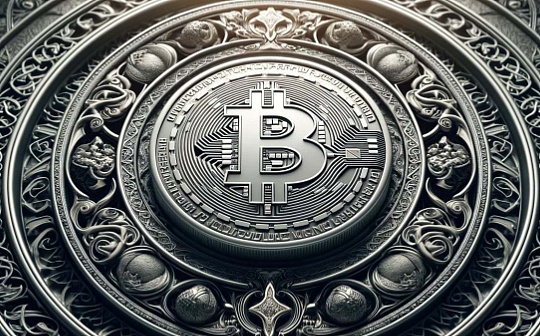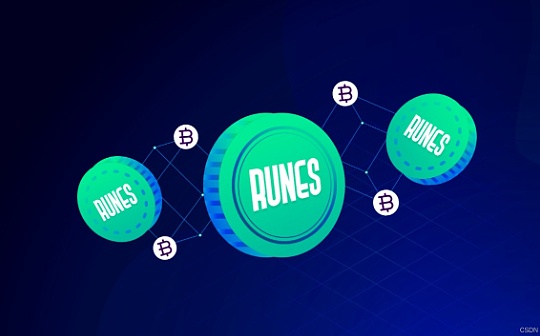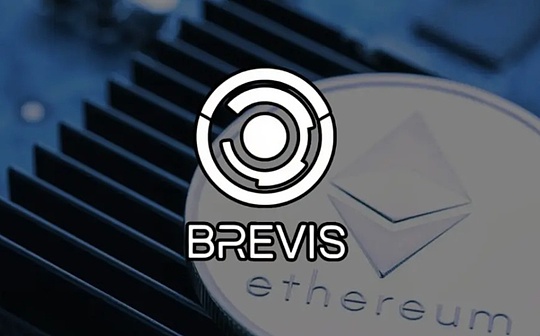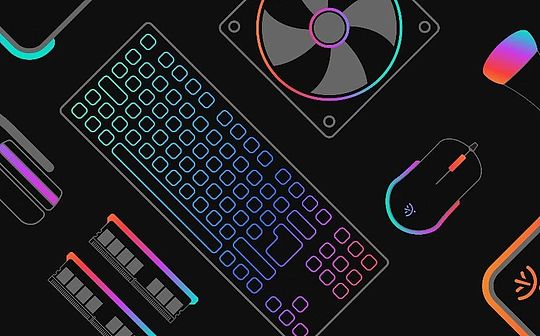
It took less than a month from the deployment to the Bitcoin main network in early April to now.More than 300 crypto assets issued through the RGB++ protocol have been issued.The number of coin-holding addresses of the first RGB++ asset SEAL reached 16850, and the cumulative transaction volume exceeded 180 BTC.
besides,The ecological development of RGB++ has also begun to take shape.Wallets, browsers, DEXs, Launchpads, asset managers and other necessary infrastructures can be used.
However, there are still many people who do not know enough about the RGB++ protocol and its gameplay, and want to participate but don’t know where to start.Therefore, today’s article will be divided into 3 parts. The first part introduces the relevant knowledge of the RGB++ protocol in a simple and easy-to-understand language, the second part introduces the ecology of RGB++ and its gameplay, and the third part is FAQ, hoping to help everyone quicklyGetting started and getting started.
Basics of RGB++ protocol
1. What is the RGB++ protocol?Is it the same as the RGB protocol?What is the difference between it and the recently launched Runes protocol?
The RGB++ protocol and the RGB protocol are two completely different protocols.The author of the RGB++ protocol is Cipher, who is also the co-founder of CKB, and the RGB protocol is currently dominated by Dr. Maxim Orlovsky.
RGB++ is positioned as the Bitcoin first-layer asset issuance protocol, which means that you can use the RGB++ protocol to issue crypto assets on the most secure and most consensus Bitcoin blockchain.After issuing the assets, you transfer the assets to others. The receiver does not need to run the client to verify it by itself. This is because assets issued through the RGB++ protocol will generate corresponding shadow assets on the CKB blockchain.If you use the body and shadow as an analogy, transferring RGB++ assets on the Bitcoin blockchain is equivalent to the body transfer, and the corresponding shadow will also move, and the movement of the shadow will be verified by the PoW miner of the CKB blockchain..So, we can believe that as long as the shadow moves correctly, the corresponding body transfer is also correct (of course, you can also choose not to trust the CKB miner and choose to verify whether the body transfer is correct).
Like RGB++, the Runes protocol is a Bitcoin first-layer asset issuance protocol, but there is not much competition at the moment because the entire market is small, and it is the most important thing for everyone to make the cake bigger together.Currently, Runes lacks programmability. If you cooperate with RGB++, it will bring win-win results: RGB++ can bring programmability to Runes, and Runes can bring more attention to RGB++.
2. The Bitcoin chain is too congested and the handling fee is too expensive. What is the solution to the RGB++ protocol?
When minting RGB++ assets, transactions will be generated on the Bitcoin blockchain and the CKB blockchain at the same time. The transactions on the Bitcoin chain are used to shape the body of the assets, and the transactions on the CKB are used to generate corresponding shadows.Therefore, when casting, users need to spend more BTC fees (because a small portion is used to purchase CKB and generate corresponding shadows).
After minting a good asset, if you think the Bitcoin chain is too congested and the handling fee is too high, you can use the physical body of the asset to the CKB blockchain, so that the physical body and shadow will be on the CKB chain.The average block production time of CKB is about 10 seconds, and the handling fee is also very low. Under normal circumstances, a CKB can pay the miner’s fee required for more than 5,000 transfers.Therefore, the RGB++ assets from Leap to CKB blockchain can enjoy the high-speed and high performance brought by CKB. After completing thousands or tens of thousands of transfers on CKB, Leap returns to the Bitcoin blockchain.
In addition, the CKB blockchain is Turing-complete and can build various DeFi and GameFi applications on it.This means that RGB++ assets from Leap to CKB blockchain can also participate in these applications, earning more profits and achieving a wider application scenario.
3. What is Leap operation?Is it a cross-chain bridge?
No, RGB++ assets operate from Bitcoin blockchain Leap to CKB blockchain or reverse operations, without using any cross-chain bridges or introducing external trust assumptions.
A common cross-chain bridge is that people call crypto assets to a special wallet or contract, and then send you the corresponding asset voucher in another chain.Its flaw is that it is partially centralized, and users must trust the operators of the cross-chain bridge to do not do evil.If the cross-chain bridge is hacked, users’ assets may suffer losses: ChainSwap, a cross-chain asset bridge project, was attacked in July 2021, losing nearly US$8 million in assets; in January 2022, Qubit Finance, cross-chain bridgeHackers suffered losses of more than $80 million; in February 2022, Wormhole was hacked, with losses of more than $320 million…
Leap is a peer-to-peer transfer of assets from one blockchain to another, which will be safer and more decentralized.
RGB++’s ecology and gameplay
RGB++ ecology
The RGB++ protocol was deployed on the Bitcoin main network in early April and has now implemented the core functions that the protocol itself must cover, including the issuance and transfer of fungible and non-fungible assets, as well as leap operations, SDKs, etc.
The ecological development of RGB++ has also begun to take shape:
-
Wallet: JoyID, REI Wallet (plug-in wallet), etc.
-
DEX: HueHub, Omiga, JoyID built-in DEX, etc., as well as AMM DEX that will be launched soon
-
Launchpad: HueHub
-
DID:.bit
-
DeFi: Stable++ (stablecoin protocol)
-
Well-known projects: Nervape, SEAL, etc.
-
Others: Haste (RGB++ asset management tool), Metaforo (voting governance tool that supports RGB++ protocol), etc.
How to play RGB++
1. How to issue RGB++ assets?
Currently, you can directly use HueHub to issue RGB++ assets.
Open the HueHub website (https://huehub.xyz), connect the wallet (UniSat, OKX or JoyID) and make sure there is enough BTC in the wallet, click “Issue a RGB++ token”, and then fill in the token name, symbol, total supply, quantity of each mint, and how manyAfter a bitcoin block, start mint and other information. After filling in, submit and pay the BTC handling fee. It is very simple and easy to operate.
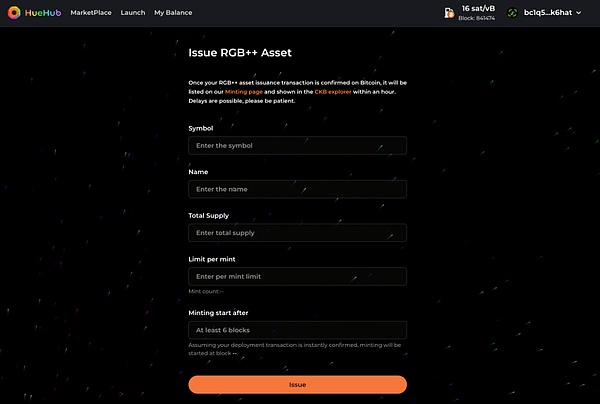
2. How to mint RGB++ assets issued by others?
If the RGB++ assets issued by others have a special mint website, you can directly open the corresponding website and complete the minting according to the instructions.
The second type is to open the Fair Mint page of HueHub (https://huehub.xyz/fair-mint), connect the wallet, find the assets you want to mint, and click the mint button next to mint to mint.
3. How to trade RGB++ assets?
If you want to trade RGB++ assets on the first layer of Bitcoin, you can directly use HueHub’s Marketplace. If you buy, click “Buy Now” in the Market, and if you sell, select “List for sale”.
If you want to trade RGB++ assets on the second level of Bitcoin (i.e. on the CKB chain), there are currently multiple options.One is to use the built-in DEX of the JoyID wallet, which can be seen in the “Market” of the wallet; the other is to use the Marketplace of Omiga (https://omiga.io/market).Both DEXs are in the order book model, and community team members are also working on AMM-based DEXs, which are expected to be launched in the near future.
4. How to Leap the RGB++ asset on the Bitcoin chain to the CKB chain?
The JoyID wallet already supports the Leap feature of RGB++ assets.After logging in to JoyID, switch to Bitcoin network, then click on your RGB++ assets (such as SEAL), select “Bitcoin L2 (CKB)” in the sending interface and enter the CKB address and quantity, select the miner’s fee, and finally click “Send” and proceed.Signature confirmation.The video tutorial is as follows:
https://x.com/joy_protocol/status/1780505146067448176
It should be noted that in order to ensure security (prevent block reorganization), the entire Leap process requires about 1 hour to wait.After completing Leap, the RGB++ assets are on the CKB blockchain and can be traded using the built-in DEX of the JoyID wallet or Omiga’s Marketplace.
5. How to Leap the RGB++ assets on the CKB chain to the Bitcoin chain?
The current version of JoyID wallet does not support this feature yet, so you need to wait for a while and it is expected to be launched before the end of May.
In addition, it is not recommended that you use some tools made by community members to perform Leap operations, because assets are prone to burning (more will be introduced below).
FAQ
1. Why is it not displayed in mempool when minting RGB++ assets or transferring BTC?
One of the reasons is that the node has not completed broadcasting, which is quite common. If this is the reason, just wait for a while.
Another reason is that the transaction fee is set too low.Mining nodes will queue from high to low according to transaction fees, and prioritize those with high handling fees. If the handling fee is too low, a certain period of time, such as three days, and it is not its turn, the mining nodes will generallyDelete such low-cost transactions from your own memory pool.Any node deletes your transaction, they will not notify your wallet, and the transaction will not be returned, and your wallet will not automatically display the balance before you sent the transaction.If this is the case, you can only use the “transaction acceleration processing service” launched by some mining pools, and additional fees are required.
2. Why are RGB++ assets burned?
Assets issued through the RGB++ protocol are “parasitic” or “binding” in Bitcoin’s UTXO, more specifically, bound in UTXO of size 546.If this UTXO is spent, the corresponding RGB++ assets will also be spent.
So how can we avoid UTXOs that are bound to RGB++ assets being accidentally spent by users?JoyID wallet has set a threshold, which is currently 1200 Satoshi. UTXOs below this threshold will not be spent as miner fees or ordinary BTC transfers.Of course, different wallets set different thresholds, so in order to avoid being spent by mistake, it is recommended that you use JoyID wallet to store and send and receive RGB++ assets.
As mentioned earlier, it is not recommended that you use some tools made by community members to transfer assets from Leap on the CKB chain to the Bitcoin chain. This is because some tools do not follow the RGB++ standards when binding Bitcoin UTXO.——Bind to 546 Cong’s UTXO. If they bind their assets to 1200 Cong’s UTXO, then when users use JoyID wallet to send BTC transactions, the wallet will easily treat this UTXO as a miner’s fee orOrdinary UTXO is spent.
3. Since JoyID wallet plays such an important role in the RGB++ ecosystem, how should I improve the security of my wallet?
The current version of JoyID wallet does not support mnemonic backup, so in order to prevent the wallet from being deleted by mistake or Passkey, it is recommended that you must upgrade your account, and you can associate multiple devices of different brands after the upgrade.
After logging in to the JoyID wallet, in the settings, select “Security”, click the “+” sign next to “Trusted Devices”, click “Upgrade”, and then pay 150 CKB or other amounts of other tokens to complete the account upgrade.After the upgrade is completed, click the “+” sign next to “Trusted Devices” to add devices of different brands. For example, the JoyID wallet created by Apple phones can be added to the Android phone as an alternate login device.

